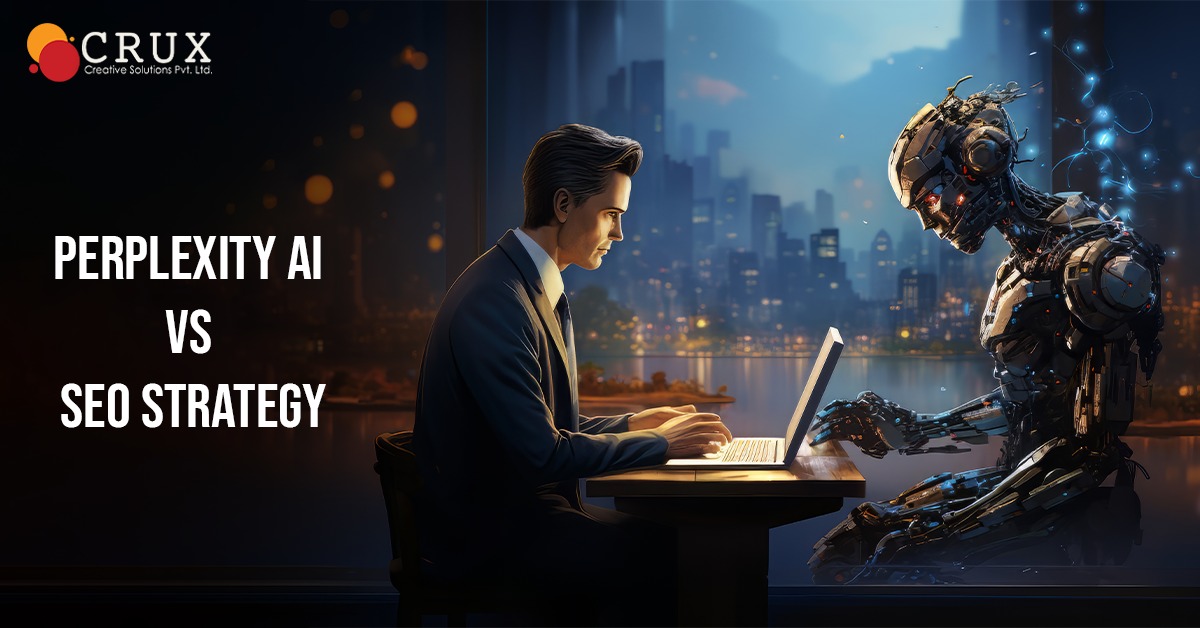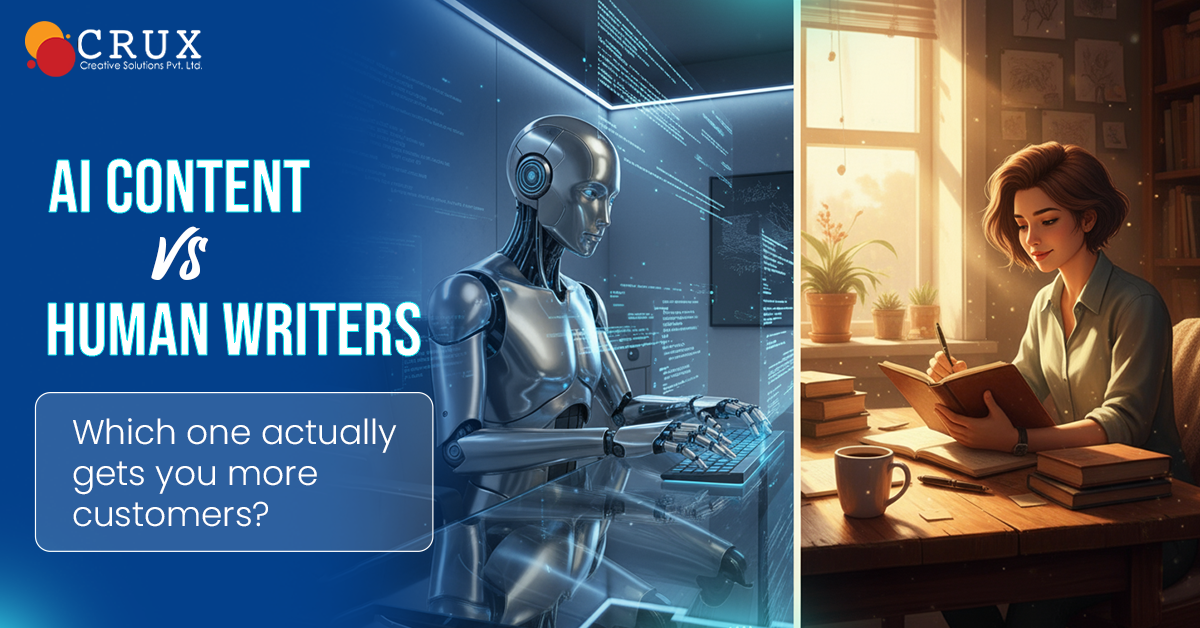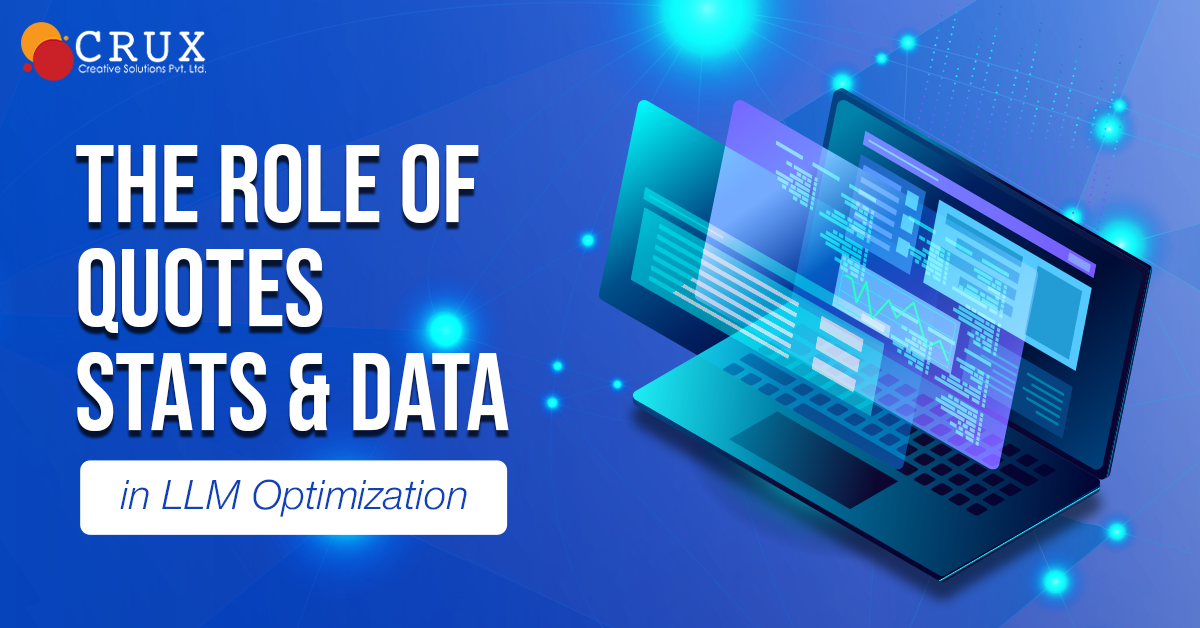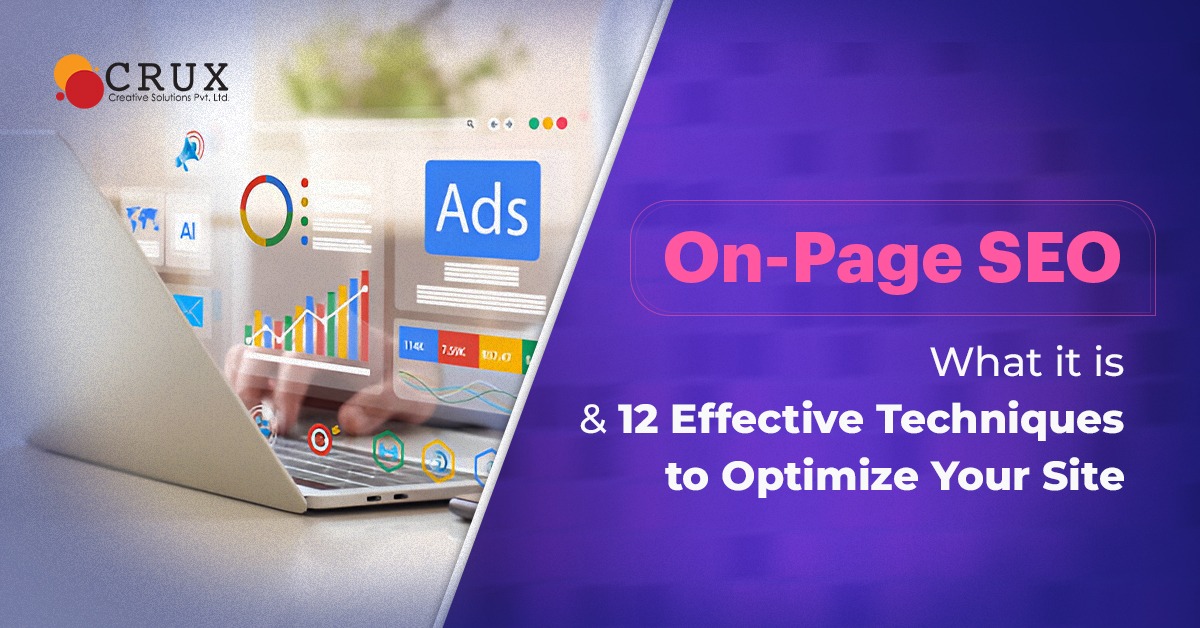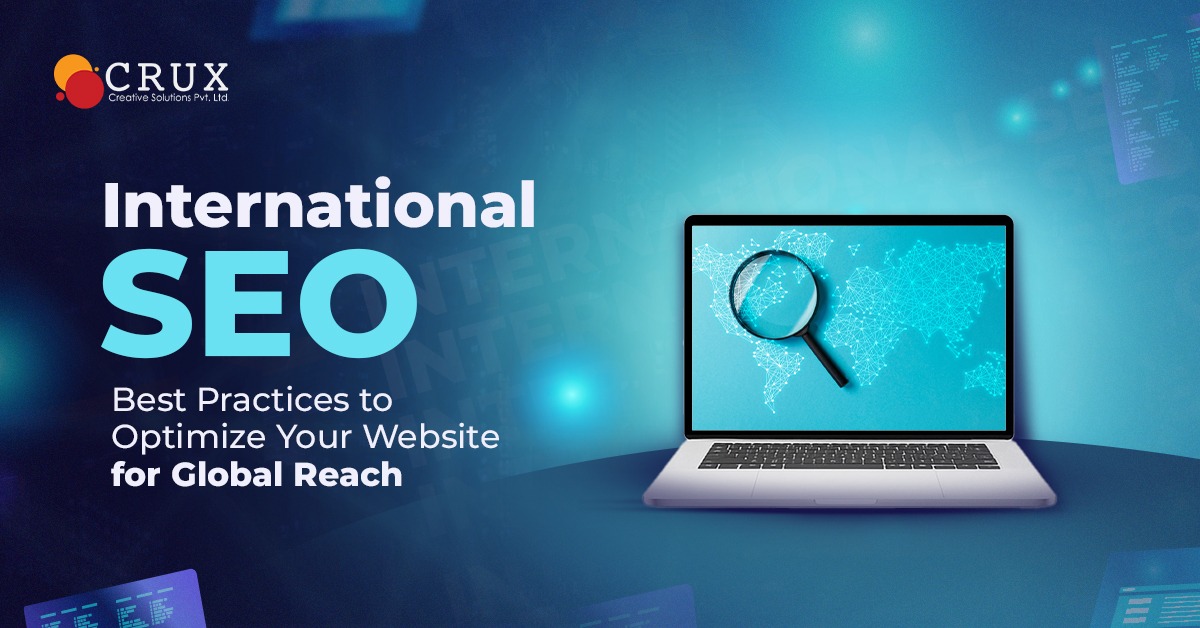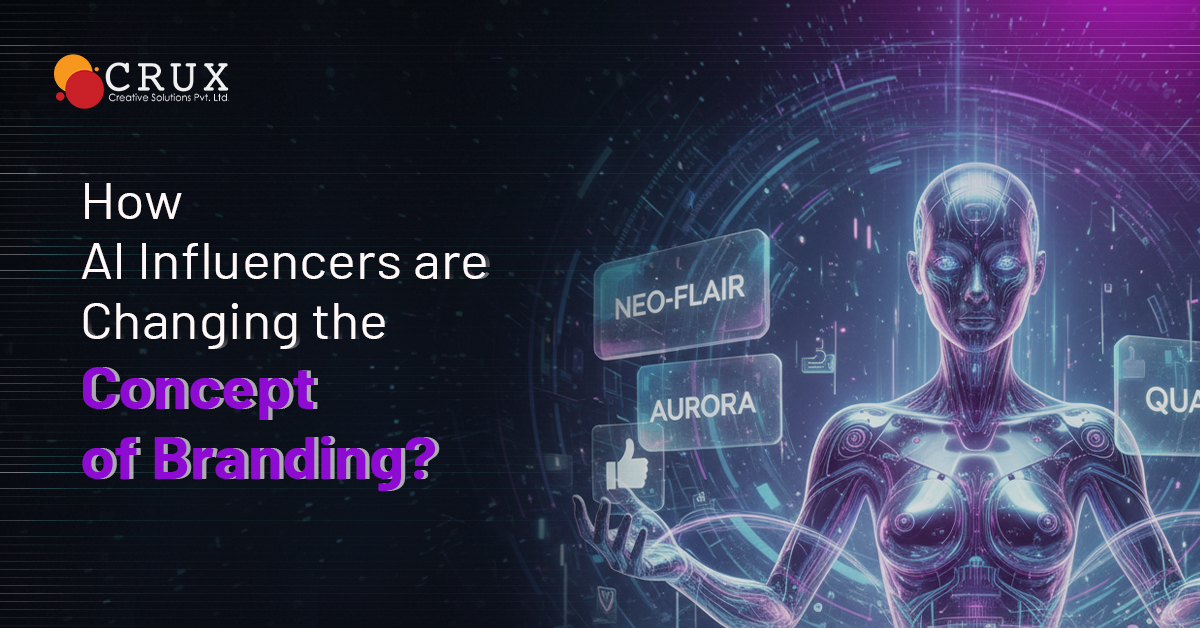
How AI Influencers are Changing the Concept of Branding?
The world of marketing is shifting faster than ever before. A few years ago, social media influencers were humans who shared their lives online to promote brands. Today, a new kind of influencer has entered the spotlight — one that doesn’t eat, sleep, or age. They are virtual personalities powered by artificial intelligence. AI influencers are reshaping how brands communicate, connect, and convert audiences in the digital age.
These digital figures may look human, speak like one, and even interact with followers. Yet, behind the scenes, there’s no real person. Instead, algorithms and creative minds build and control them. The rise of AI influencers signals not just a new marketing tactic but a cultural shift toward automation, creativity, and precision in audience engagement.
The Birth of AI Influencers
AI influencers started as experimental projects for AI SEO optimization. Brands and developers wanted to see how artificial intelligence could blend with human-like behavior. The first few were simple — digital models created to pose for photos or display fashion looks. Over time, the technology evolved. Now, AI influencers are capable of holding conversations, expressing emotions, and even forming unique personalities.
One well-known example is Lil Miquela, a virtual influencer who gained millions of followers on Instagram. She collaborates with global fashion brands and posts content just like any human influencer would. Her rise opened the door for others — from fashion icons to lifestyle personalities and even AI musicians. What makes this fascinating is that people engage with them not because they believe they’re human, but because they find them creative, consistent, and relatable in a digital sense.
Why Brands Are Turning to AI Influencers?
The marketing world for AI SEO services thrives on innovation. AI influencers bring several advantages that make them appealing to brands. They are available 24/7, can represent any location or culture, and never age or fall out of favor. Their personalities are customizable, and their content can be tailored to match brand tone, aesthetics, or campaign goals.
Brands also enjoy better control. Unlike human influencers who may face controversies or unpredictable behavior, AI influencers operate within defined limits. Every post, caption, or collaboration can be planned with precision. This helps companies maintain a consistent brand image across campaigns.
Another key reason for their popularity is cost-effectiveness. While creating an AI influencer requires an initial investment, the long-term returns can outweigh the expense. Once built, the digital personality can promote products, respond to followers, and appear across platforms without additional human management.
Real-Time Personalization and Engagement
One of the biggest shifts AI influencers bring to marketing is real-time personalization. With advanced data analytics, these virtual influencers can understand user preferences and adapt their content accordingly. They can analyze what type of posts perform best, track audience behavior, and modify their tone or visuals to maximize engagement.
For example, an AI influencer can recommend skincare products to followers based on their age group, climate, and skin type — all determined by data insights. This level of personalization goes beyond what most human influencers can achieve at scale. It creates a more immersive and tailored experience for followers.
Moreover, AI influencers never tire of engaging. They can respond instantly to comments, send personalized messages, or participate in digital events. This consistency builds stronger connections between brands and consumers.
Blurring the Line Between Reality and Digital Creativity
At first glance, AI influencers look like real people. Their images are designed with high attention to detail — from facial expressions to clothing textures. This realism often blurs the line between what’s human and what’s artificial. Some people enjoy the novelty, while others question the ethics behind it.
However, one cannot deny the creative potential this technology brings. Digital influencers can represent futuristic concepts, fantasy worlds, or cultural identities that might be difficult for human creators to portray. They can exist in virtual reality concerts, promote brands in gaming environments, or even appear in metaverse campaigns. The possibilities are endless.
Data-Driven Marketing Reinvented
The rise of AI influencers fits perfectly with the growing role of data and SEO AI tools in marketing. Every like, share, or comment offers valuable information. AI systems can process these interactions to reveal insights about consumer sentiment, content preferences, and purchase intent. This data then fuels the next round of creative campaigns, making each marketing effort more efficient than the last.
The integration of AI influencers with ai seo optimization techniques takes this further. By using data to understand which keywords, visuals, and captions perform best, brands can optimize their influencer content to reach broader audiences online. This merging of influencer marketing and search optimization gives brands an edge in the crowded digital marketplace.
Changing Storytelling and Brand Identity
Traditional influencer marketing often revolves around real-life stories. AI influencers change that by creating imagined worlds. Instead of sharing “what happened today,” they can share “what could happen tomorrow.” This shift in storytelling style allows brands to explore new creative directions.
A virtual influencer can take audiences on a journey through futuristic fashion, eco-friendly living, or even space travel — all within digital environments. These stories may be fictional, but they trigger real emotional responses. They help brands stand out and build deeper recall.
Additionally, AI influencers can represent inclusivity and diversity in ways that transcend geography or biology. They can embody any gender, ethnicity, or body type — or none at all. This gives brands the freedom to express universal values without constraints.
Ethical Considerations and Transparency
Despite their advantages, AI influencers raise important ethical questions. Should audiences know they are interacting with a computer-generated persona? How much transparency should brands maintain when using them for marketing? The answers vary, but honesty is increasingly becoming a best practice.
Consumers value authenticity. Brands that disclose the artificial nature of their influencers often receive positive reactions because they appear innovative rather than deceptive. On the other hand, concealing the truth may lead to trust issues once the audience discovers the reality.
Another concern is representation. If AI influencers dominate the scene, will human influencers lose relevance? The likely outcome is coexistence — a mix of human creativity and machine precision. Both will continue to complement each other in future marketing strategies.
AI Influencers and the Future of E-commerce
The impact of AI influencers extends far beyond social media posts. They are becoming active players in e-commerce. Virtual influencers can host digital shopping experiences, offer real-time product recommendations, and guide users through purchasing journeys within online stores.
For instance, imagine visiting a fashion website and being greeted by a stylish AI influencer who helps you select outfits. You can chat with them, ask questions, and receive personalized advice. This level of interaction feels futuristic yet practical, and it enhances user engagement dramatically.
AI influencers also make cross-platform marketing smoother. They can appear in advertisements, product launches, and even virtual events simultaneously. Their presence ensures consistent messaging across all touchpoints, helping brands maintain unified communication.
The Role of AI in SEO-Driven Marketing
As search engines evolve, AI is becoming central to how content is discovered online. This directly influences how AI influencers contribute to brand visibility. Their content can be structured and optimized using ai seo services to improve discoverability. Whether it’s a social post, video caption, or digital ad, each piece can be fine-tuned for search relevance.
Marketers now rely on seo ai tools to identify trending keywords, measure engagement patterns, and adjust content strategy. By combining these tools with influencer marketing, brands can achieve double the impact — strong visibility and deeper emotional connection.
In competitive regions like Gurgaon, companies often partner with the best seo agency in gurgaon to align influencer marketing with data-driven SEO efforts. These agencies understand how to balance creativity with analytics, ensuring every campaign performs effectively. Businesses looking for consistent growth also collaborate with the best seo agencies in gurgaon to design holistic strategies where AI influencers and SEO insights work hand in hand.
Collaboration Between AI and Human Influencers
The future doesn’t belong solely to machines. Instead, the most powerful campaigns will come from collaboration between human and AI influencers. Humans bring emotion, intuition, and authenticity, while AI adds precision, data, and scalability. Together, they can create multi-dimensional stories that resonate across audiences.
For example, a human influencer might collaborate with an AI counterpart to promote sustainability. The AI can provide data insights, while the human adds personal experience. This blend of logic and emotion appeals to both rational and emotional sides of consumers.
Brands already experiment with such collaborations. These mixed campaigns often perform better because they combine relatable narratives with futuristic appeal.
The Business Perspective
From a business standpoint, AI influencers streamline marketing operations. They can manage multiple campaigns, generate automated reports, and adapt strategies based on analytics. This saves time and resources for brands, especially those running global campaigns.
AI influencers can also target niche audiences with precision. Whether it’s tech enthusiasts, fashion lovers, or gamers, these virtual personalities can adjust their messaging accordingly. They ensure higher engagement rates compared to one-size-fits-all marketing methods.
Moreover, AI reduces dependency on external factors. There are no scheduling conflicts, missed deadlines, or location issues. Every campaign can roll out exactly as planned, maintaining consistency and reliability.
The Emotional Connection Factor
At first glance, it may seem strange that people connect emotionally with AI characters. But as humans, we tend to form attachments to stories and personalities, whether real or virtual. AI influencers succeed because they offer relatable content in creative formats. They express empathy, humor, and aspiration — all crafted through design and storytelling.
For younger generations who grew up in digital spaces, these virtual figures are not unusual. They see them as part of the online culture — a new kind of celebrity who exists in both pixels and perception.
Future Possibilities and Challenges
Looking ahead, AI influencers will become more sophisticated. They may gain voices, move into interactive videos, or even integrate with augmented and virtual reality. Imagine attending a virtual fashion show where AI influencers walk the runway in real time, or following one who curates travel experiences across metaverse destinations.
However, challenges will persist. Ethical guidelines, data privacy, and authenticity will continue to spark debate. The marketing industry will need to balance innovation with responsibility, ensuring AI influencers enhance, not exploit, human connection.
Conclusion
AI influencers are no longer just a digital experiment — they are active participants in the marketing ecosystem. They redefine creativity, engagement, and storytelling in ways that were once unimaginable. By blending artificial intelligence with brand identity, they help companies reach audiences with precision and emotion.
While human influencers will always hold a special place, AI counterparts expand what’s possible in communication. They push brands to think differently and act smarter. As technology advances, the collaboration between human and artificial voices will create marketing experiences that feel both authentic and visionary.
In the end, AI influencers remind us that innovation for the best SEO agency in Gurgaon is not about replacing humans — it’s about reimagining connection in a world where technology and creativity evolve together.
FAQs
1. Are AI influencers real people behind digital faces?
No, AI influencers are not real individuals. They are virtual creations made with computer graphics and artificial intelligence. Some are completely automated, while others are managed by creative teams who write their captions and responses.
2. Do AI influencers actually earn money or get brand deals?
Yes, they do. Many big brands pay to collaborate with AI influencers just like they do with human ones. The payments go to the creators or agencies managing the AI persona, not to the digital figure itself.
3. Can AI influencers interact with followers in real time?
To a certain extent, yes. Some advanced AI influencers can reply to comments or messages automatically. However, complex conversations or emotional interactions are usually still managed by human moderators behind the scenes.
4. Isn’t it misleading for audiences to follow someone who doesn’t exist?
That’s a valid concern. Transparency is very important. Ethical brands make it clear that the influencer is AI-generated. When done honestly, audiences often accept them as creative digital personalities rather than being misled.
5. Could AI influencers eventually replace human influencers?
Not completely. AI influencers offer control and creativity, but they lack the authenticity and lived experiences that human creators bring. Most brands now use a mix of both — humans for emotional connection and AI for innovation and consistency.







